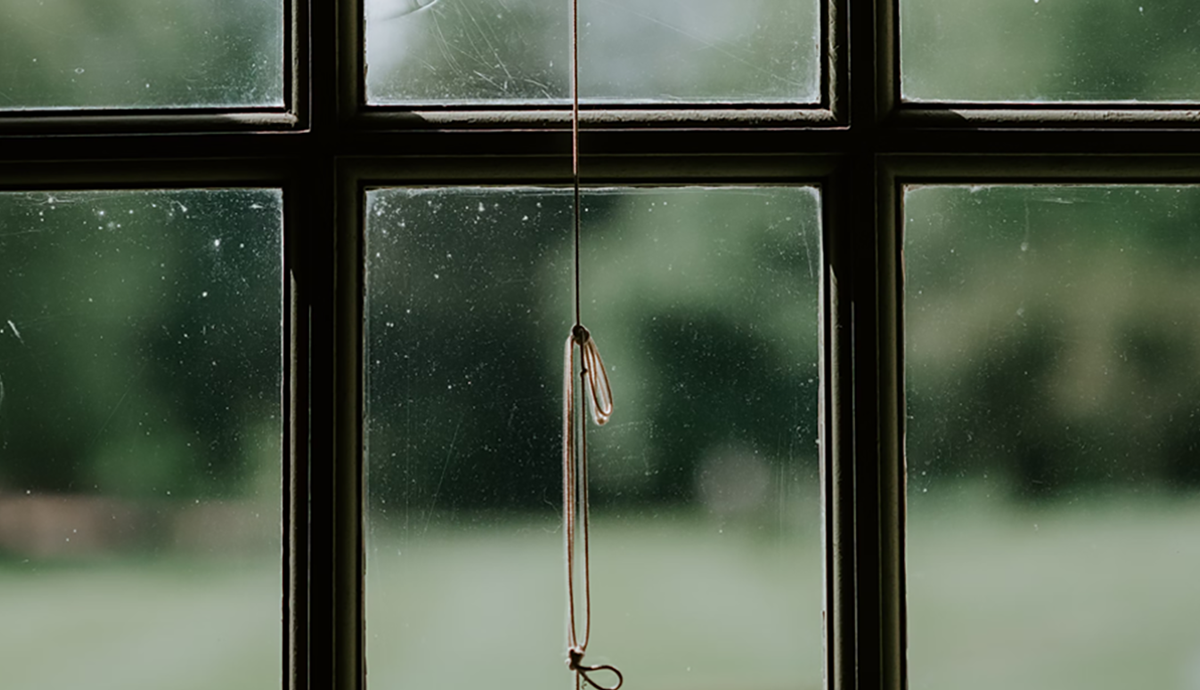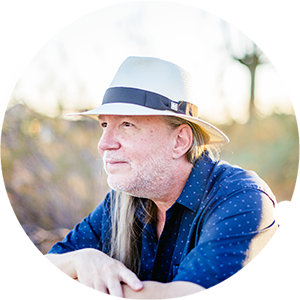What was left of your right foot looked like hell,
a red and swollen stump, hastily stapled together,
where your toes and a third of that foot had been
two weeks before. But I lied, said, “Not too bad!”
And when you asked to see, gently lifted that leg
up from the footrest of your wheelchair. You, too,
tried to lie, not to reveal the shock of it. “Not bad,”
you echoed, as you lowered your foot out of view.
An attendant had just unwound the long bandage,
carefully peeled away the layers of bloody gauze
and left us to wait in that brightly lit exam room.
One side was all glass, tall panes, looking out on
a large golf course. We made small talk, watched
the golfers play through, white clouds shadowing
the green, until the surgeon arrived, intern in tow.
Surveying his handiwork, he declared, “Not bad!”
Then prophesied, “Now, if it starts turning black …”
Only one of the arteries in your leg was still open.
There just wasn’t enough blood to keep the tissue
alive. At 92, your diminished body was giving up,
except for the unfailing pain receptors in your foot.
That would be one of many possible ways to put it.
Some words at least, a way to string them together.
I’m not sure where the poetry is in any of this, but
it seems important to remember that, as we waited
outside for the white van back to the rehab center,
you wanted me to turn you around to face the sun.
The appropriately, but unsentimentally, setting sun.
The fittingly and wholly indifferent November sun.
Then squinted up at me and sighed, “Beautiful day.”
And, having witnessed it myself, you weren’t lying.
Home at dusk, I took one solitary picture of the sky.



